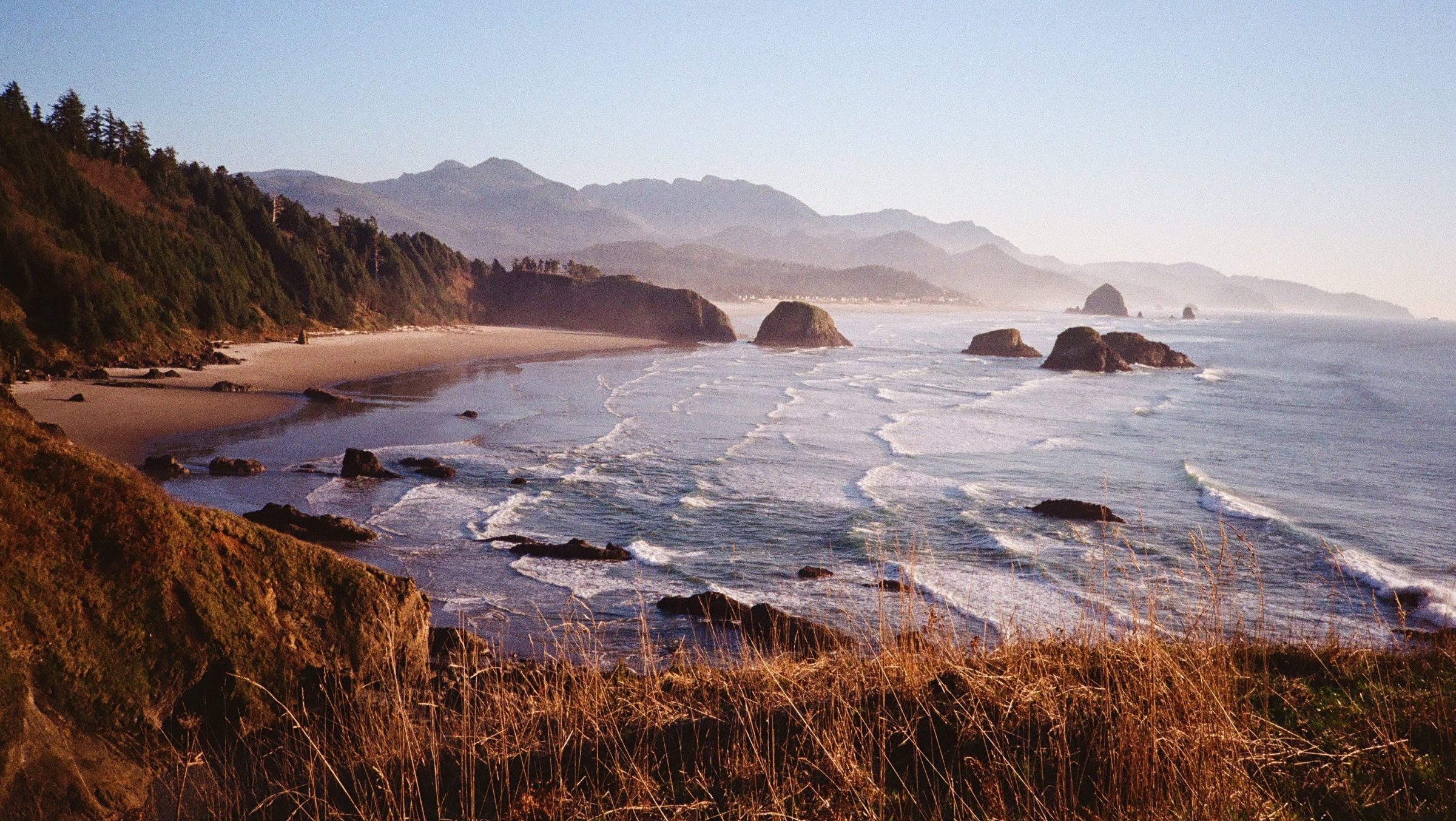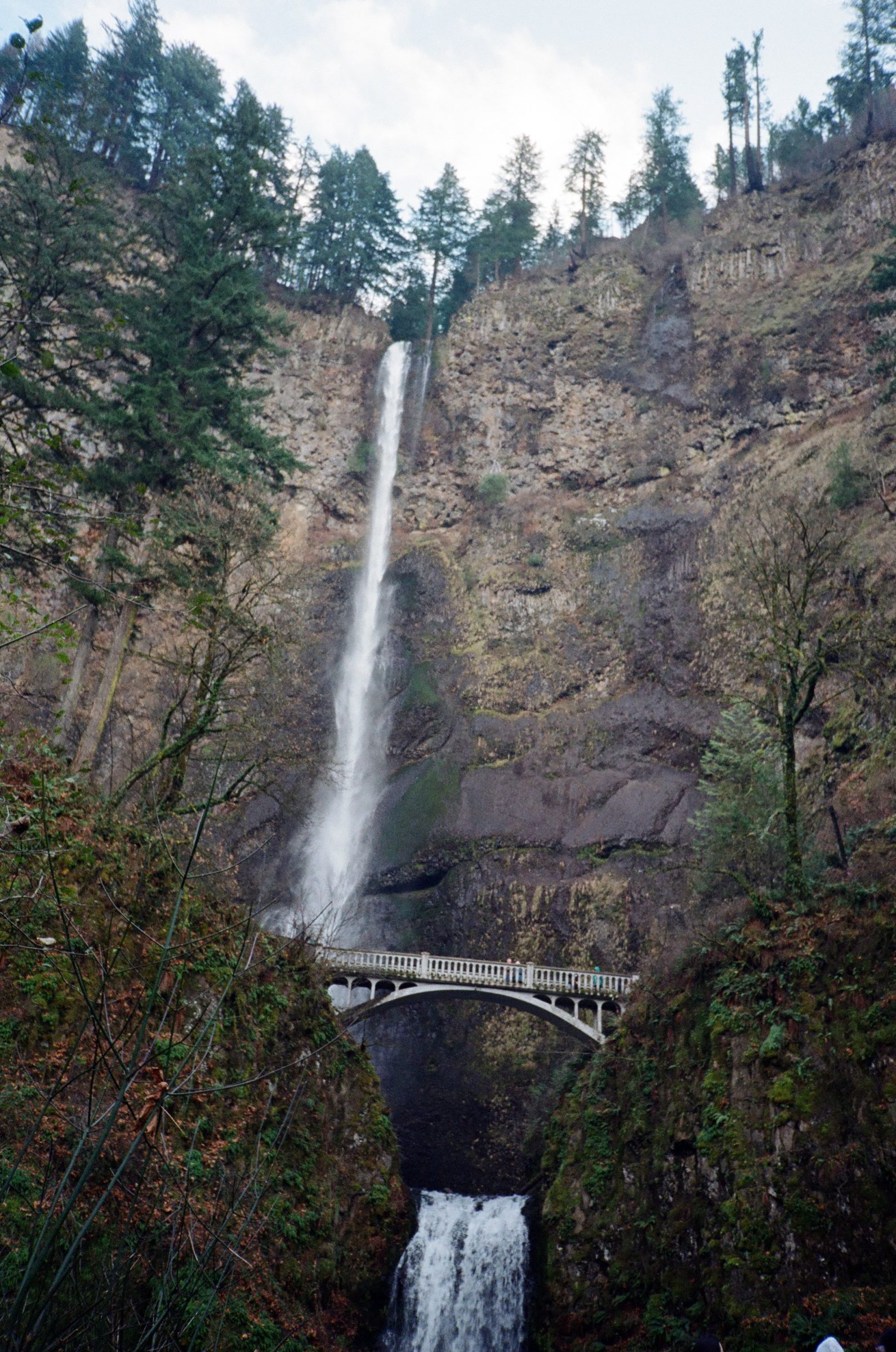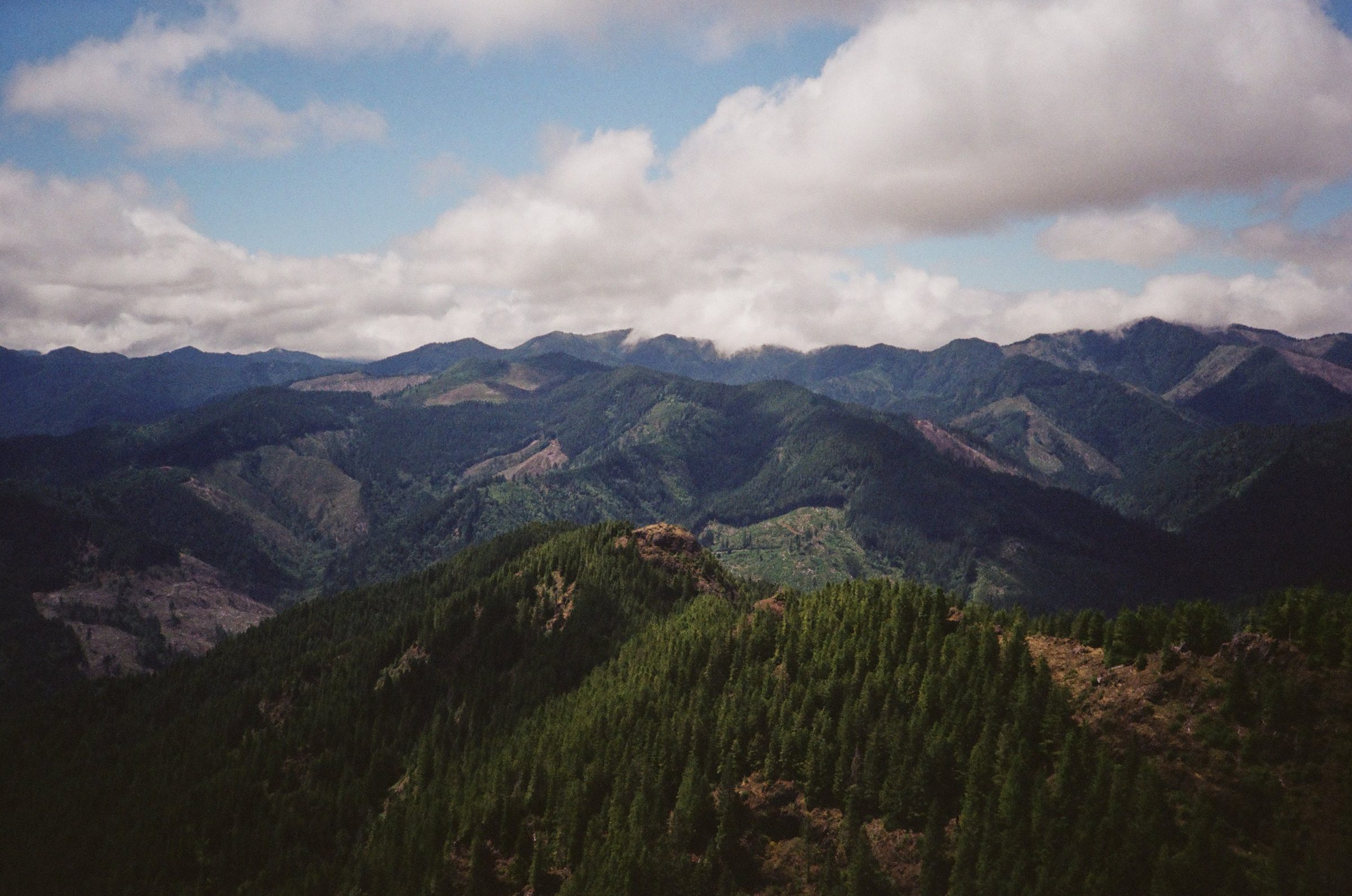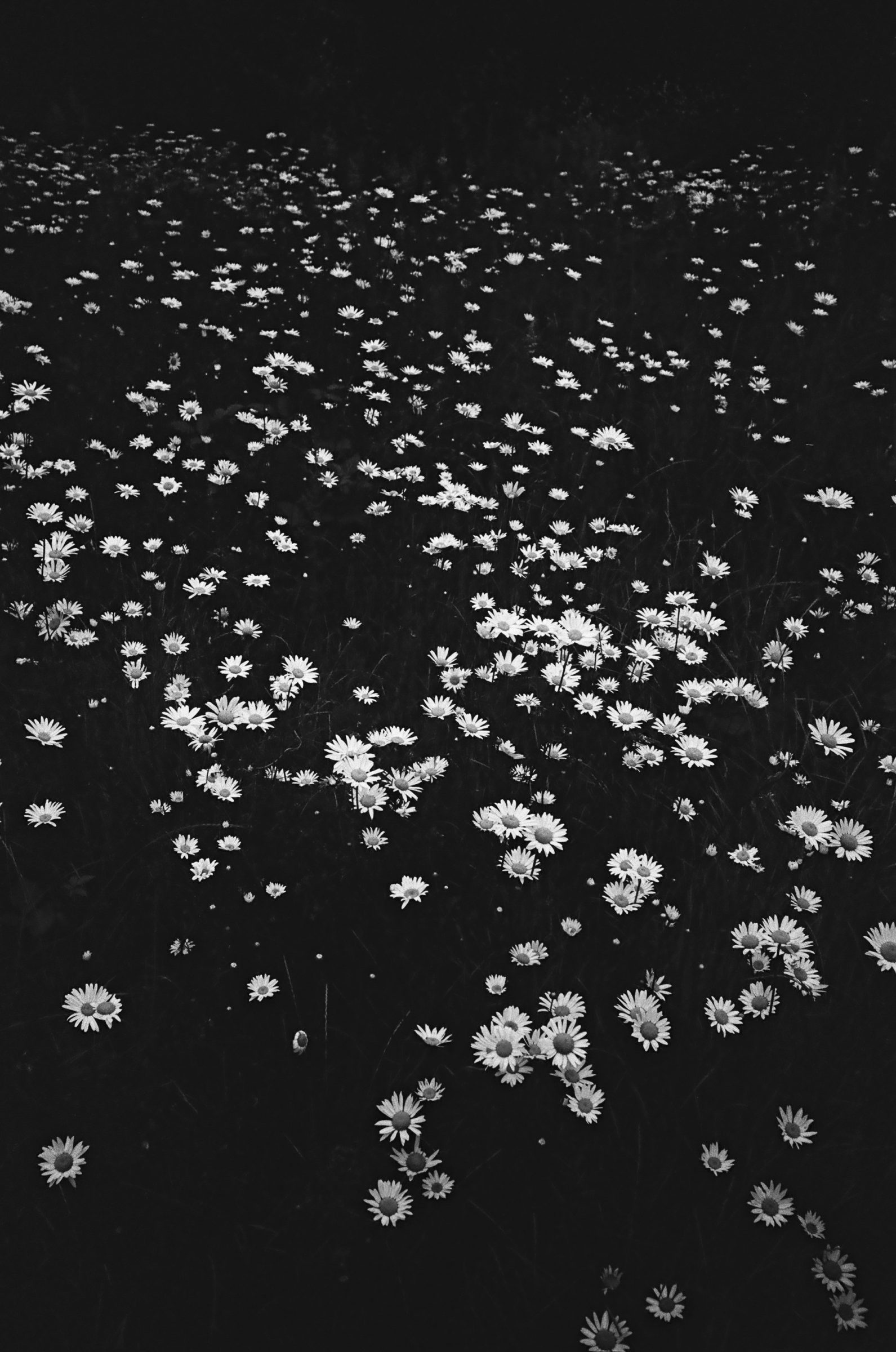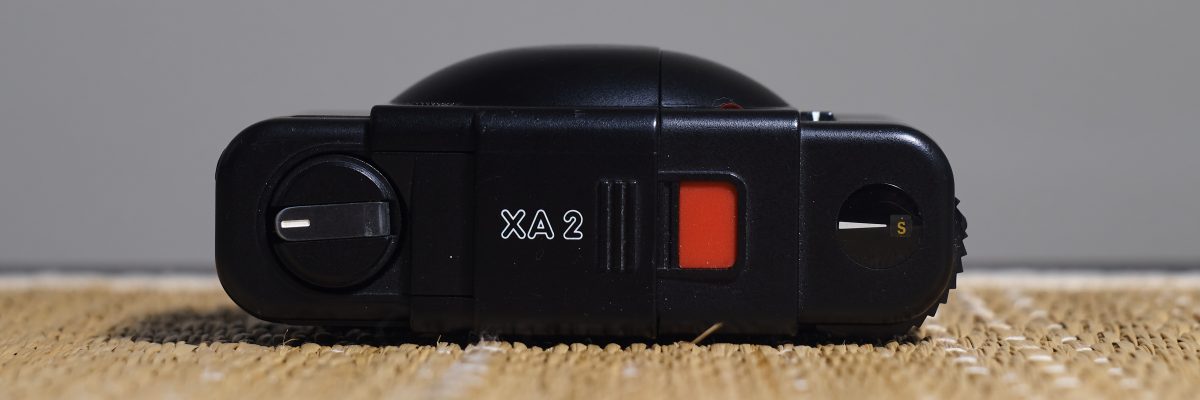
I know the few steps that got me to this point, but I don’t remember when the journey started. This is an important moment, because Olympus XA2 is when I decided that I’ll begin to shoot film seriously. Serious not in the sense that all my the shots are professional and on point, besides, I still enjoy shooting on mirrorless camera; but in the sense that I begin to read up the hundred year photography history as they became relevant to what I do, and out goes me trying to follow with the news of the latest camera. Corner to corner sharpness lost its importance, giving way to grains which can be more artistic. Different film stocks (that can be changed between shots) completely upend the arguments about color rendition of lens and sensors. Finally, analog photography changed my philosophy of capturing the fleeting moment, which remains unknown from the moment I select the camera and film pairing, to the settings of the shot taken (which is mostly unknown on XA2), to the time taken waiting for the pictures to be developed, and finally, enjoyed on the computer. That long process removes the instant gratification and checking that each shot is perfect. (Well, besides the part where you still have the sound of the “click”.) Does it matter if the shot was perfect?
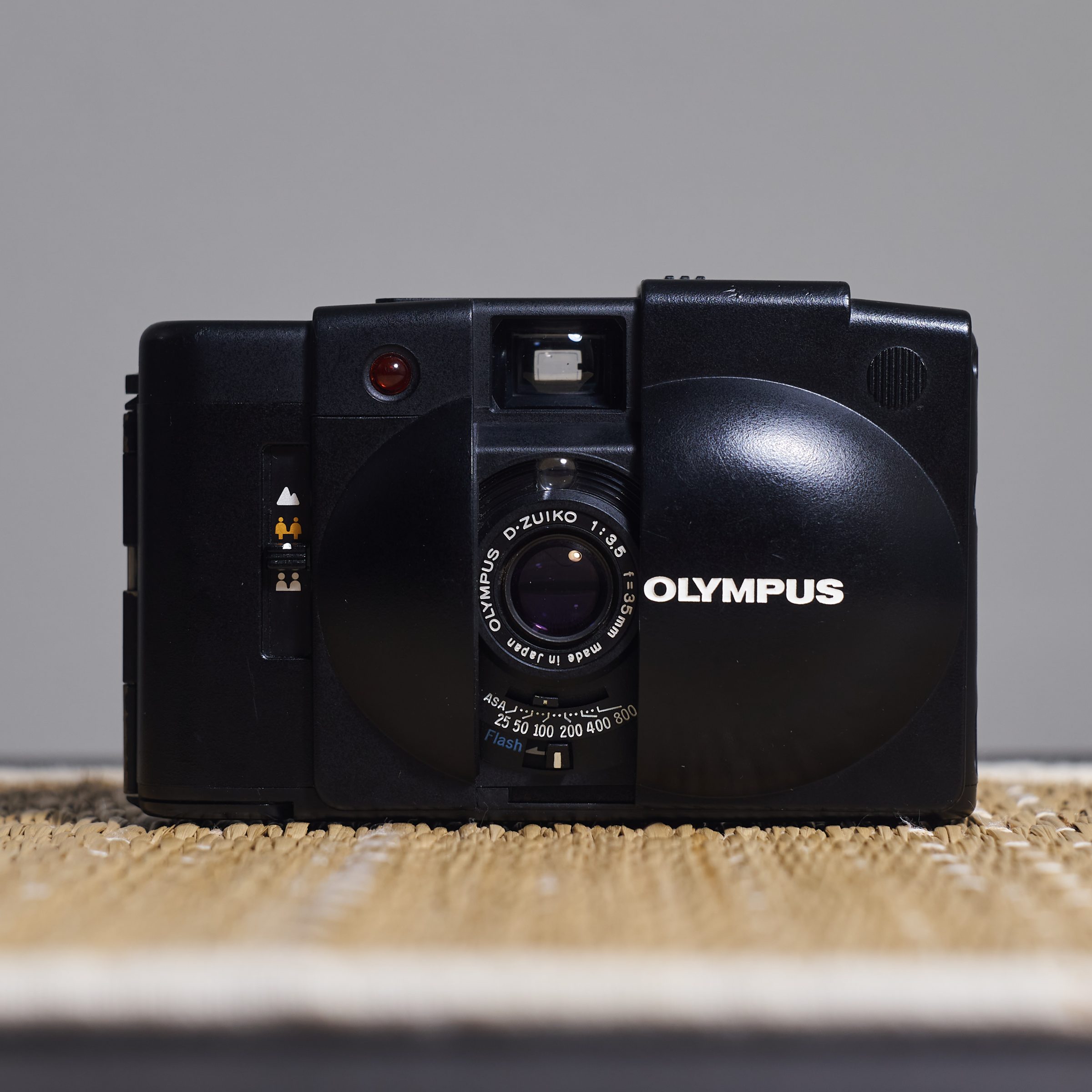
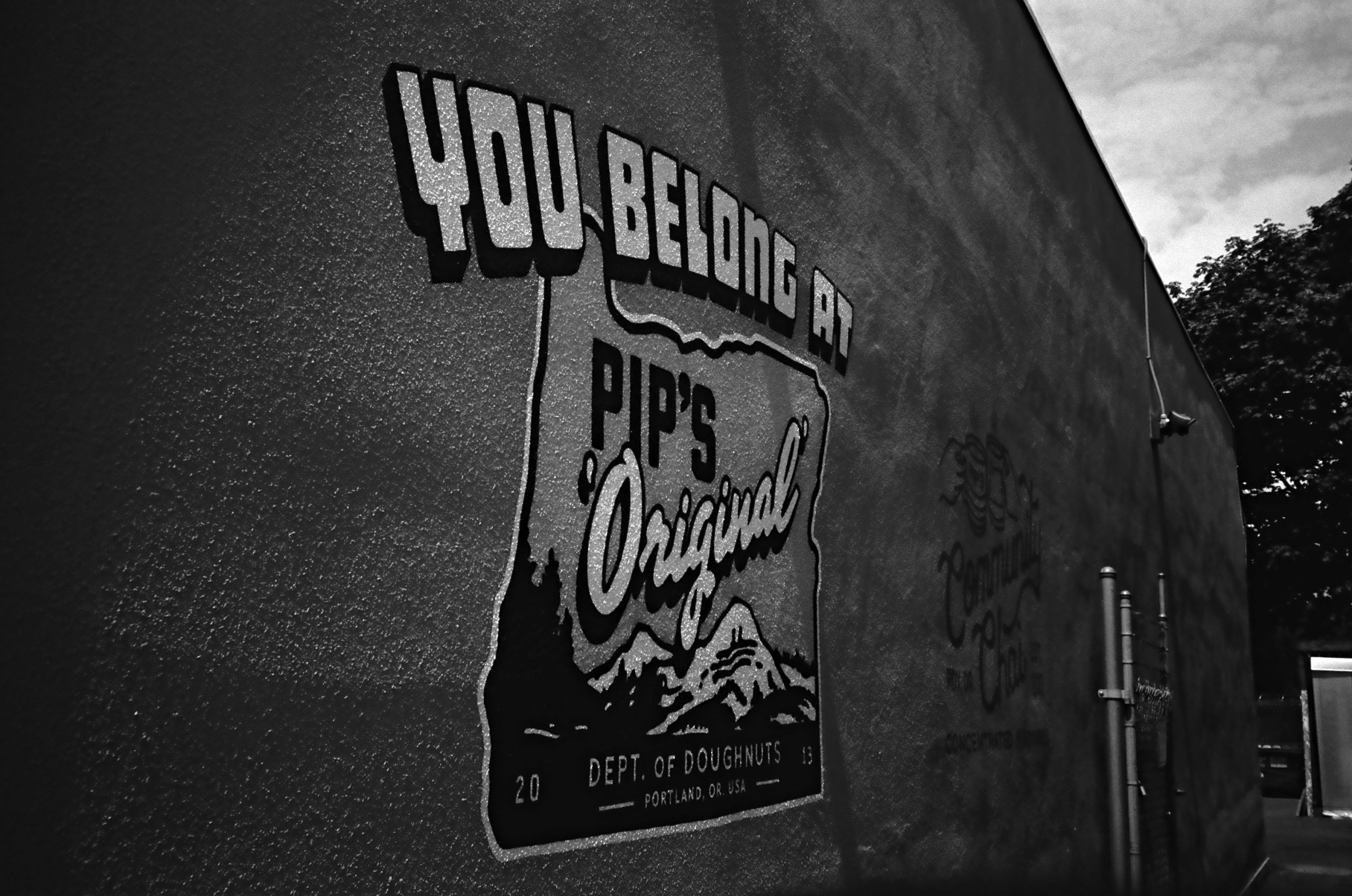
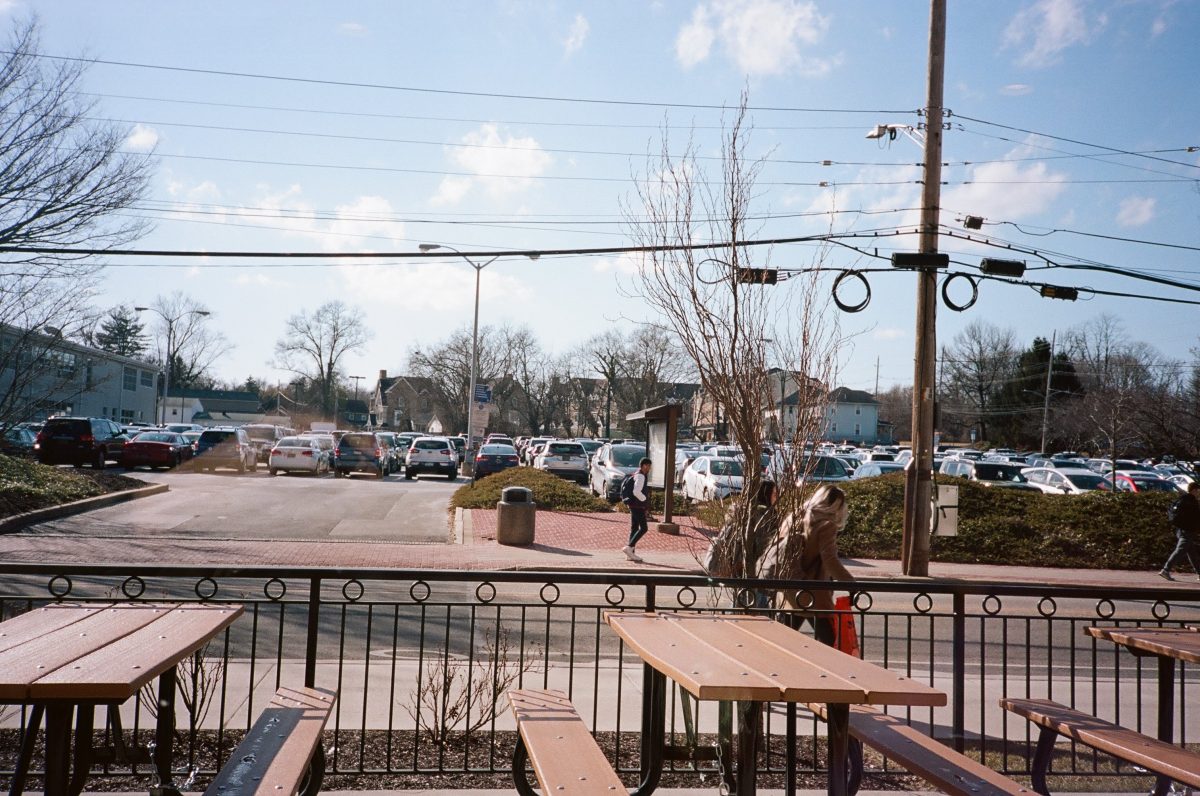
I bought the Olympus XA2 because film photography was going to replace my phone photography. I would have stuck with my newly squired Konica SLR except that 1) it is hard to use, 2) it is huge and cumbersome, 3) the meter is not working. My criteria for a day to day film camera is simple – small, sharp and cheap. I’ve seen a Rollei 35 at a thrift store so that’s the kind of camera I was looking for (didn’t know it was a full manual rangefinder at that point). Being a poor graduate student, the Minolta Hi-Matic AF was very attractive as they can be had for a few dollars everywhere I looked. But the more I look, the more I found. Soon, there is the Yashica Electro and Olympus Trip 35. After more Youtube videos and online forums, I finally settled on Olympus XA2. It seems like a few respectable photographers favor the quality and design of this little guy.
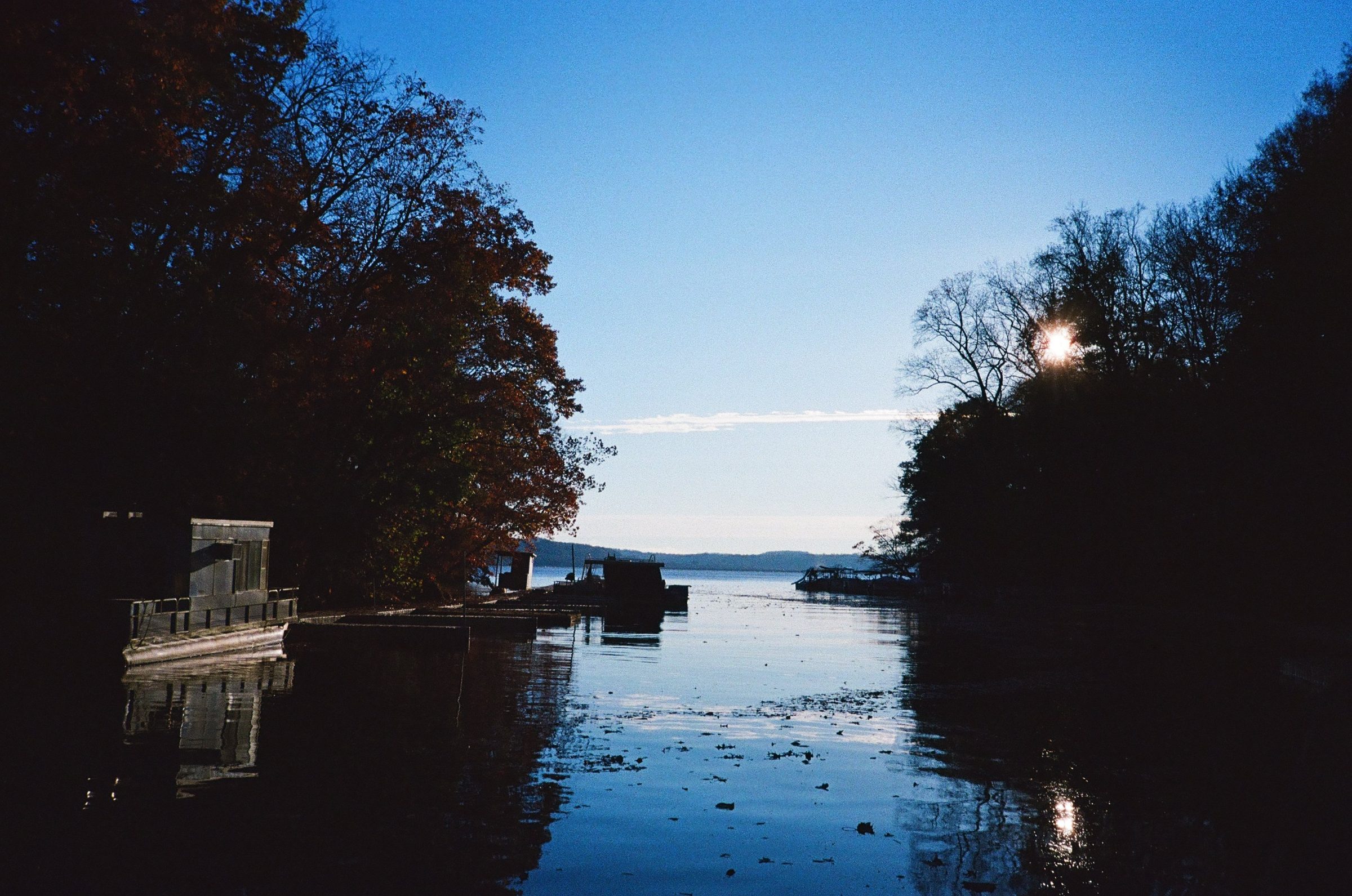
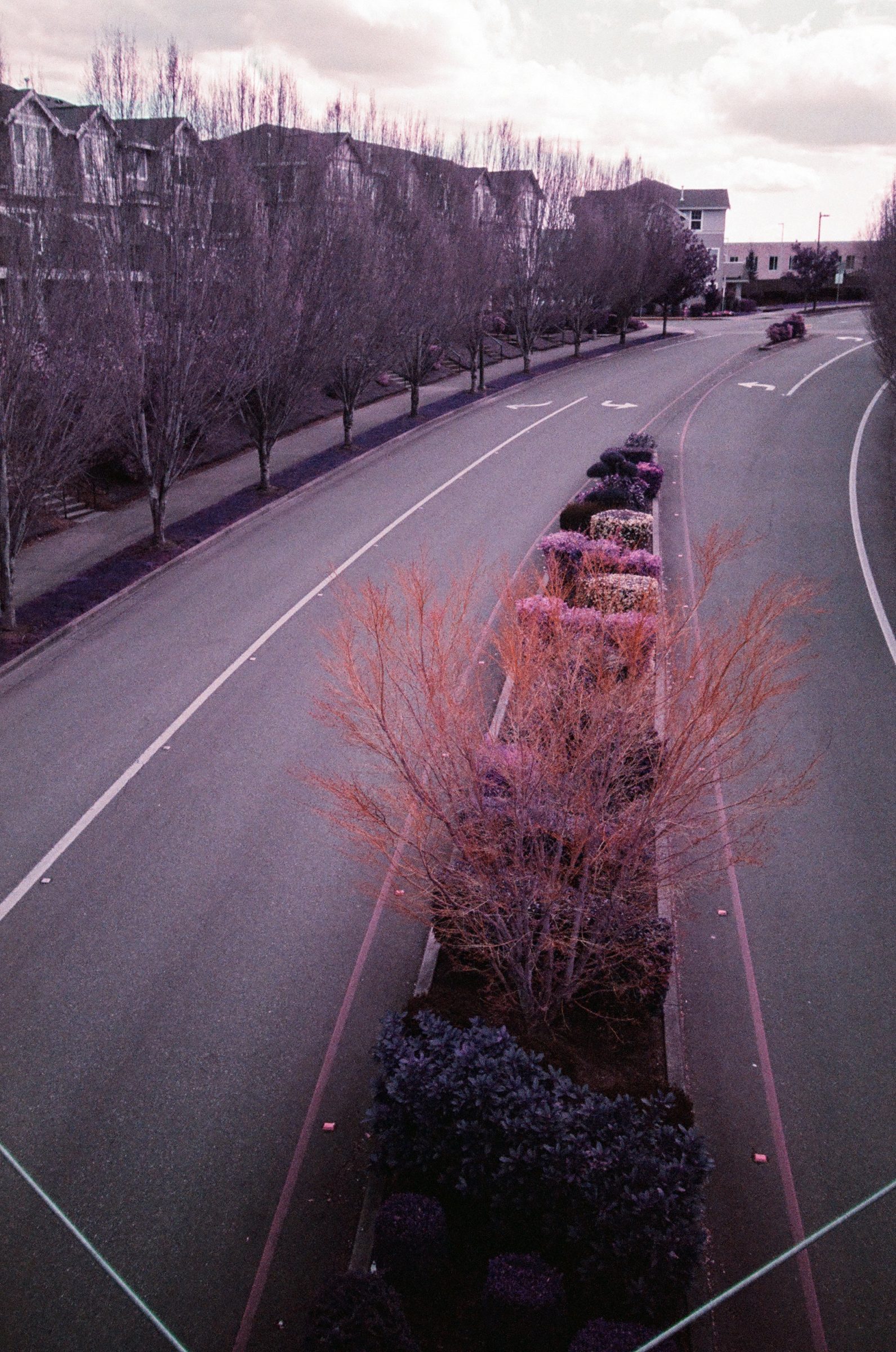
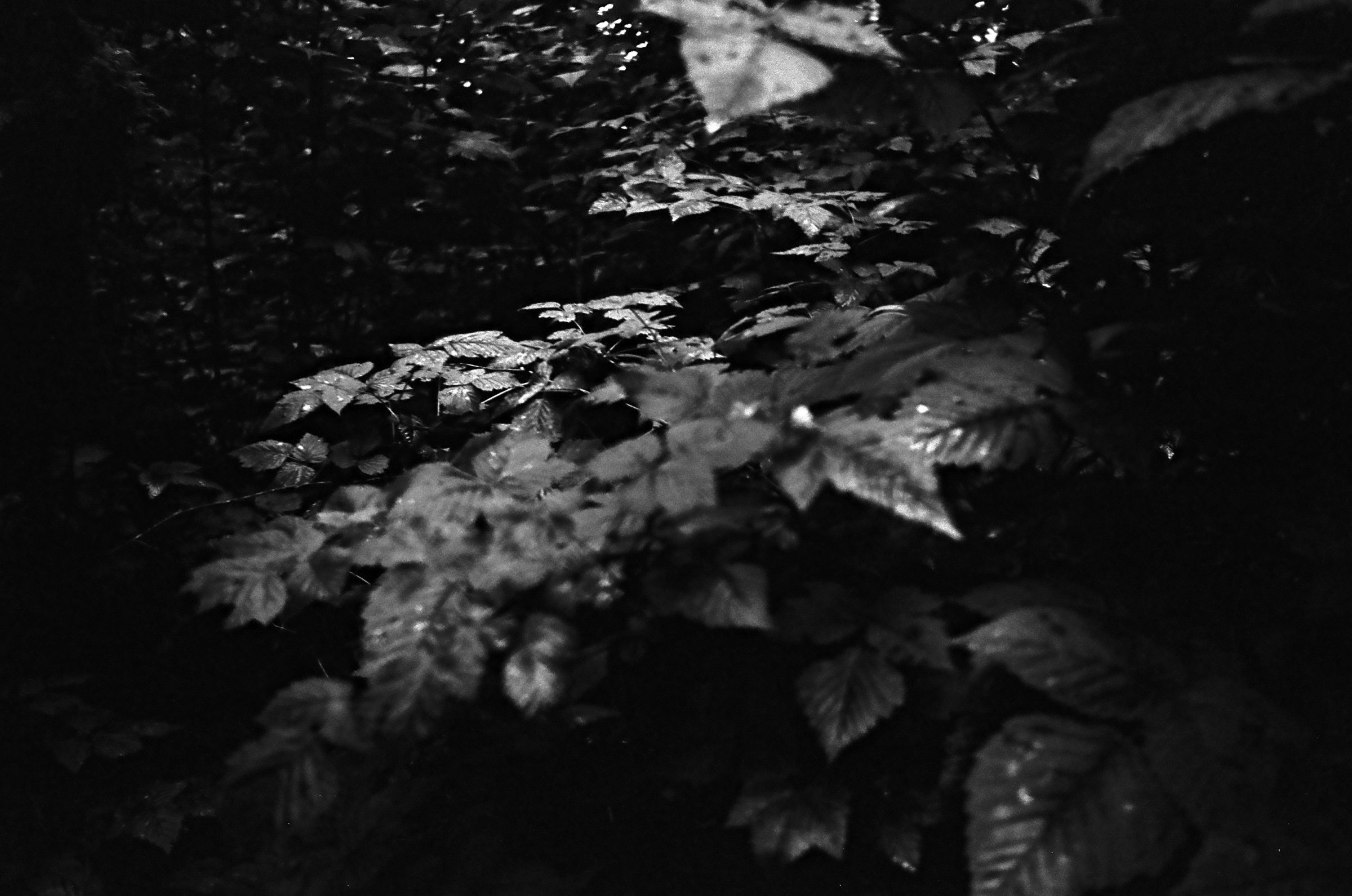
Looking back now, I understand the confident recommendations provided by many. The XA2 stands proud among the crowded field of point and shoots. Review: XA2 is extremely pocket able, about the size of the mouse. I almost always have it with me, shooting random scenes and daily events. This camera uses zone focusing, which is a step away from full automatic and a few steps down from rangefinders. By pushing the “zone” of focus, the lens will adjust the focus plane. I find the focusing slightly difficult to use – I almost never use the closest setting, and do not see any differences between general setting and landscape. Moreover, the awkward position of the focus knob made changing it difficult, so I almost left it in the general settings. Nailing focus isn’t difficult, as most the images come out sharp corner to corner. My copy sometimes have difficulty registering the shutter button, with its light weight nature that doesn’t help with the motion blur from clicking down the button too hard. With no control over the shutter speed, I tend to get blurry pictures when the scene is not bright.
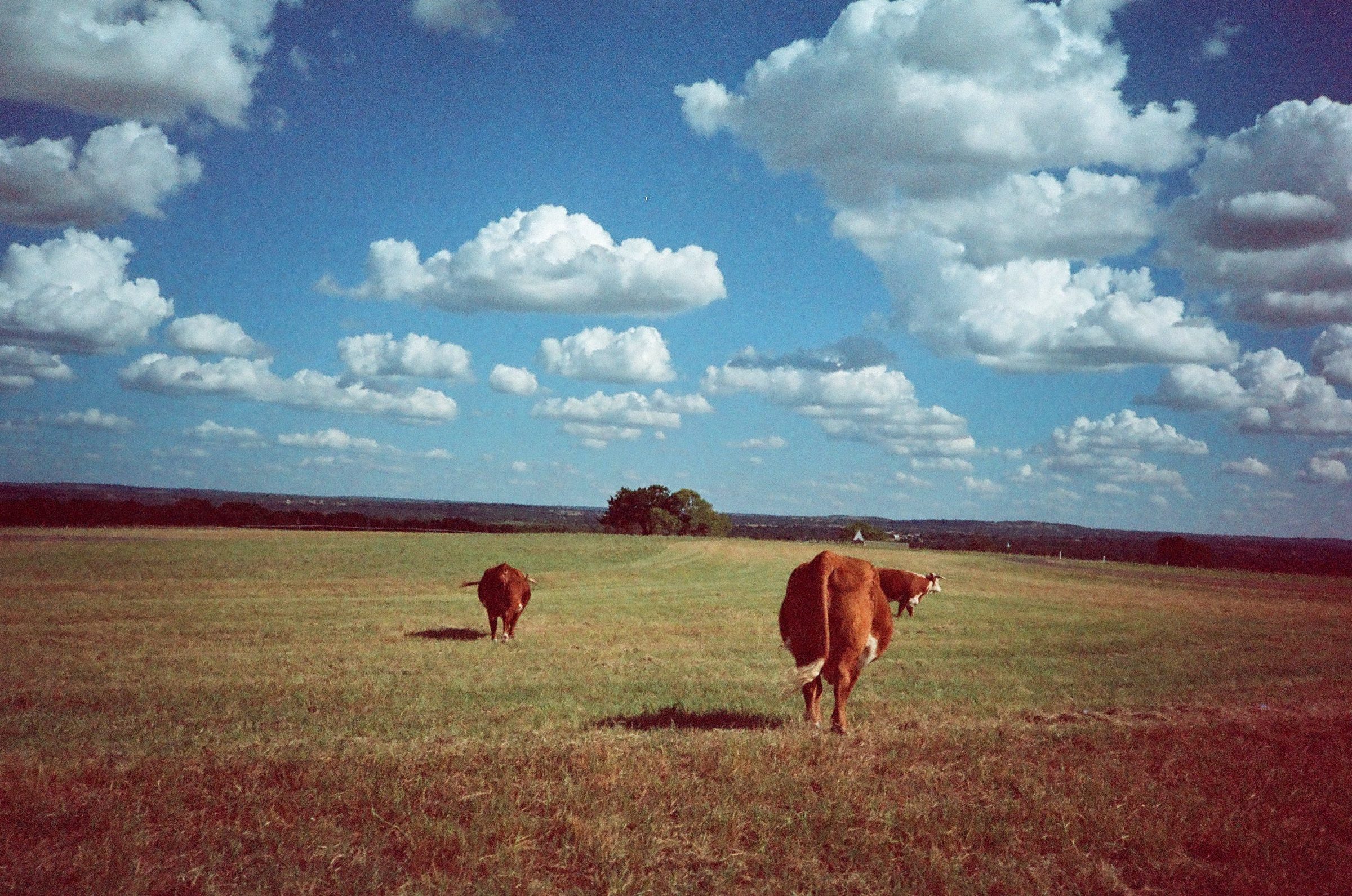
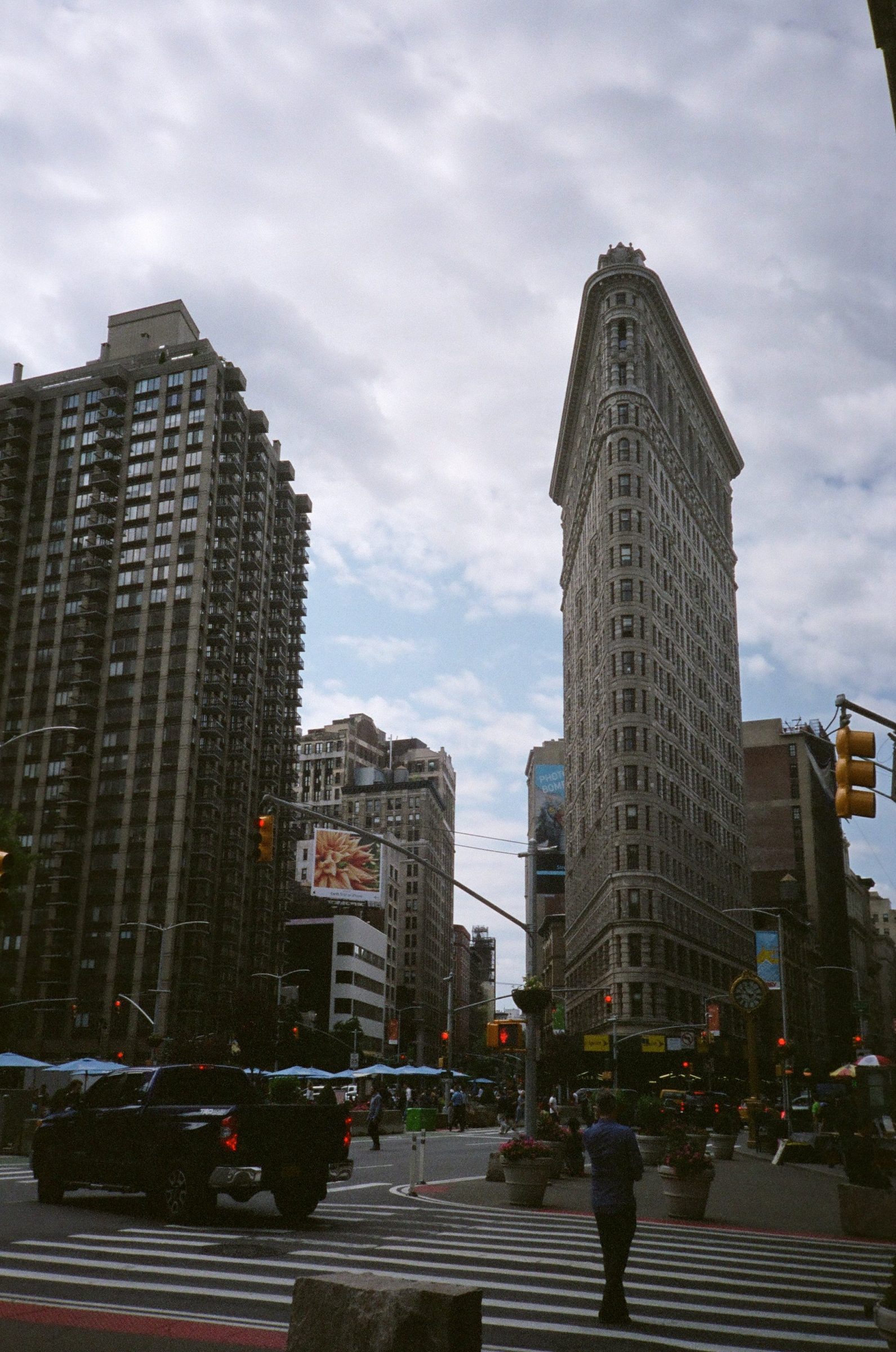

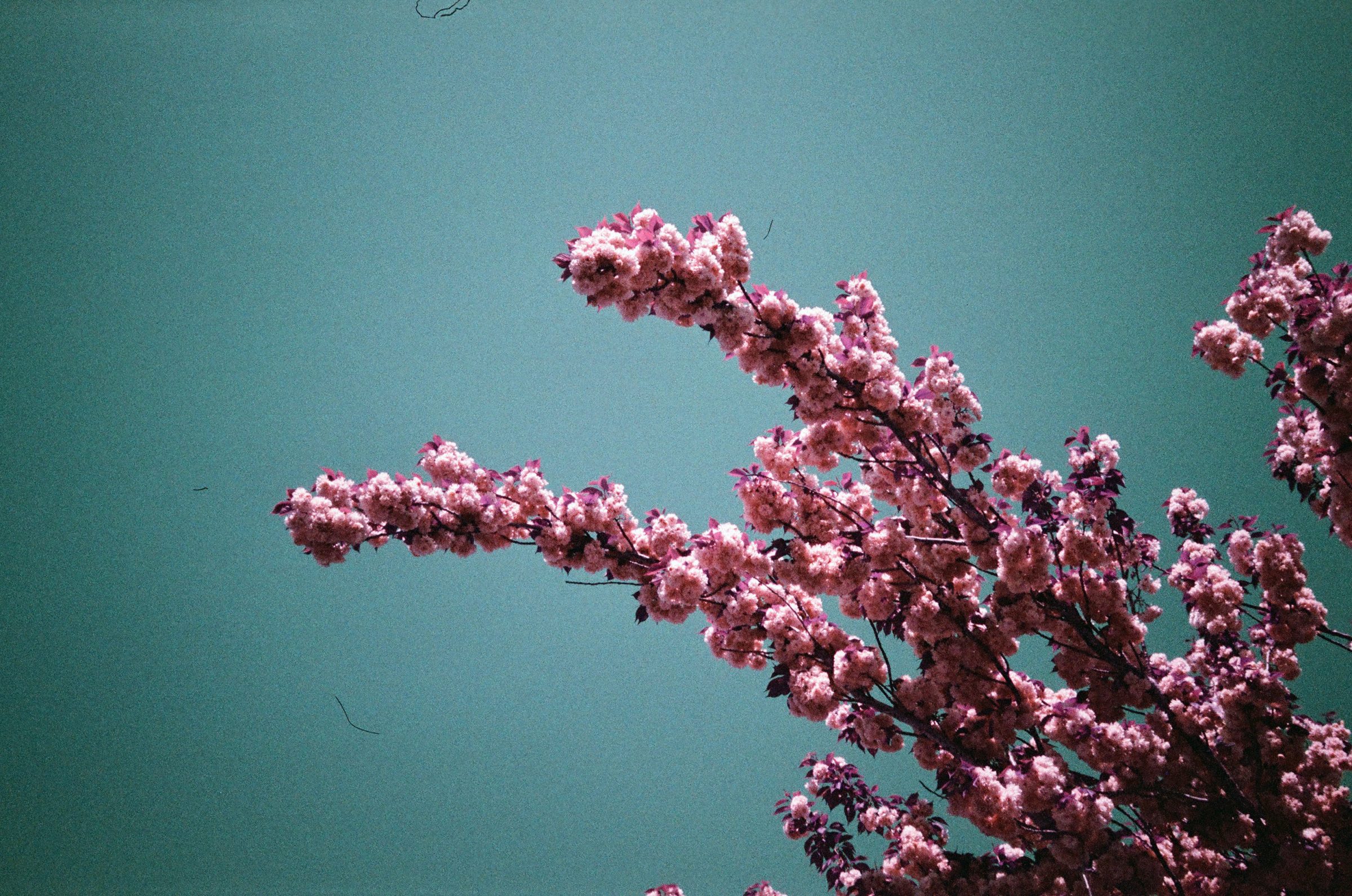
With that said, XA2 is fun and amazing to use. I shoot it often with various type of film. Most people don’t realize I’m taking picture, let alone using a film camera. This is truly a great street camera, while being alright for portraits and definitely a no-no for macro/food photography. Bokeh is nothing to right home about, as the field of focus is almost always too wide to get anything resembles background blur. One might be able to use the closest focus setting to get portrait work, but it would be much easier to do it on a SLR. Speaking of motion blur, I do not owned the A11 or A16 flash that is attached to the side of this camera. Some said this is necessary, while others say this is a complete waste of time – I do not have an opinion but I do not miss not having one. The flash does look very cute and the modular design is awesome, but I’m glad no camera follow that route. Can you imagine a world without hot shoes?
